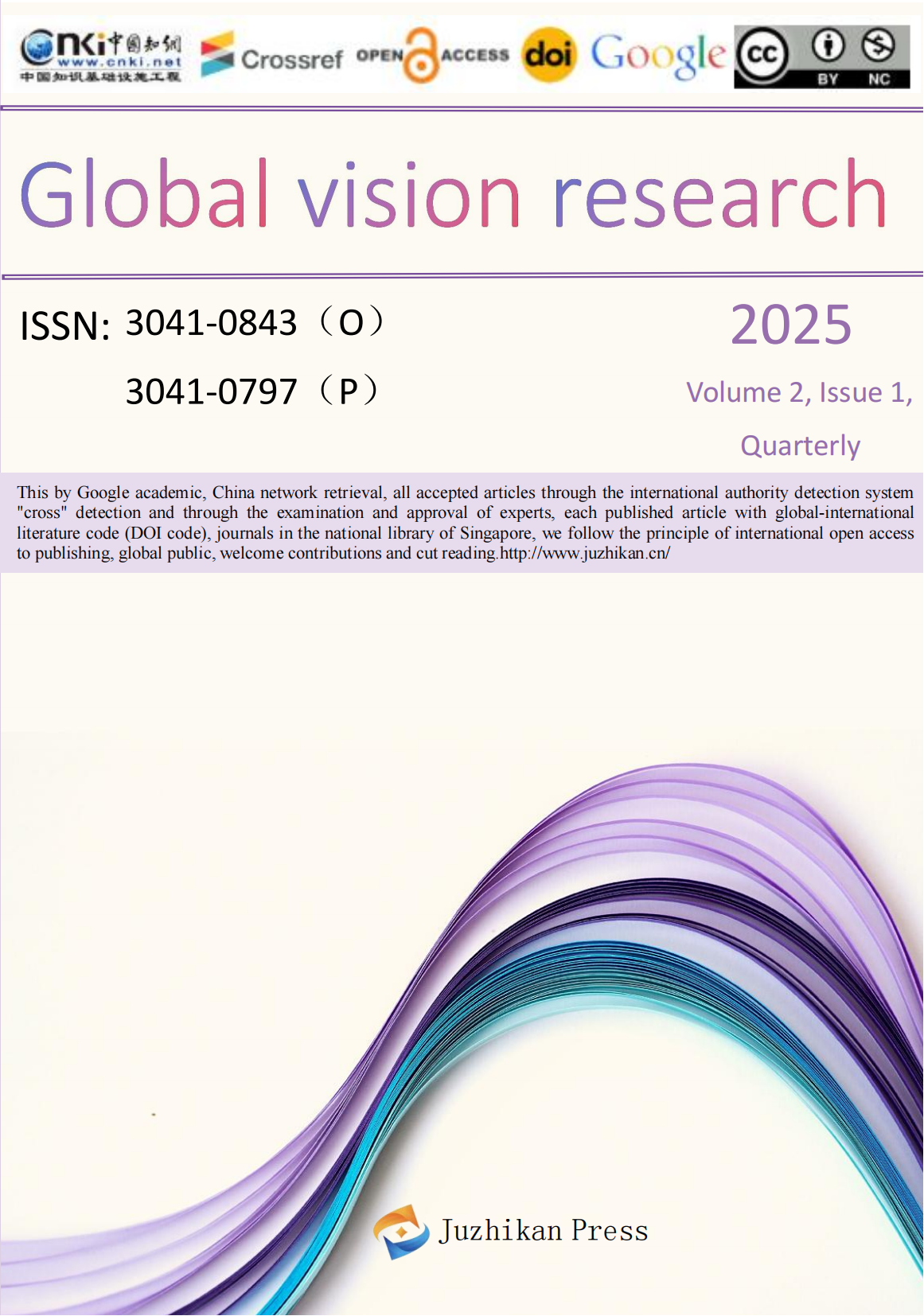
 info@juzhikan.asia
info@juzhikan.asia
 info@juzhikan.asia
info@juzhikan.asia
A Study on the Application of Artificial Intelligence in Ecological Design
Hengyue Zhao
School of ArchitectureCarnegie Mellon University,Pittsburgh, PA, USA;
ABSTRACT:This article explores the shift from human dominance over nature to an interconnected relationship facilitated by artificial intelligence (AI), viewing nature as possessing "personhood." It examines AI’s role in current ecological transformations, particularly within art and design, distinguishing this new AI-nature paradigm from traditional methods. By analyzing how artists and designers integrate AI into ecological and geophysical practices—through data analysis, image recognition, and ecological restoration—the study highlights innovative artistic expressions enabled by combining AI with non-human life. This approach offers new creative possibilities beyond traditional human-centered design frameworks.
CCS CONCEPTS
• Artificial intelligence • Ecological design • Sustainable architecture
KEYWORDS:Artificial Intelligence;Ecological Transformation; Non-human Life;Ecological Restoration;Sustainable Design;Human AI Interaction
REFERENCES
[1]McGovern, Gerry. 2021. Technology Is Destroying Nature. Accessed July 15, 2025. https://gerrymcgovern.com/technology-is-destroying-nature/
[2]McGovern, Gerry. 2023. Hold on to It! Tips for Sustainable Laptops. Accessed July 15, 2025. https://gerrymcgovern.com/turning-off-deleting-tips-for-sus-tainable-laptops-part-2/
[3]Thackara, John. 2022. From Control to Kinship: Ecological Restoration in a More-Than-Human World. Accessed July 15, 2025. https://thackara.com/
[4]Zhang, Yang, and Zhanbo Zheng. 2021. “Tujian jinzhu wuran zhilifa yanjiu jinzhan chutan [An Initial Exploration of Methods for Remediation of Soil Heavy-Metal Pollution].” Ziyuan Jieyue yu Huanbao [Resources Conservation and Environmental Protection] 000(012): 24–26.
[5]Zhu, Jianlong, Weijie Xu, Yuankun Guo, et al. 2022. “Shuiti zhongjingshu wuran weihai ji zhilizhong jishu [Hazards and Remediation Technologies of Heavy-Metal Pollution in Water].” Xiandai Nongye Keji [Modern Agricultural Science and Technology] 2022(006): Article 000.
[6]Gao, Shiqing, Guangxiang Ma, Guang Ma, et al. 2021. “Zhiwu xiufu turang zhongjingshu wuran jishu yanjiujinzhan [Research Progress on Phytoremediation Techniques for Soil Heavy-Metal Pollution].” Keji Feng [Science and Technology Review] 2021(11): Article 2.
[7]Li, Yiling, and Xiaolin Yang. 2018. “Changjiang liuyu shuizhiyang wuran zonghe fangkong nengli kongjian chayiji yingxiang yinsu fenxi [Spatial Variation and Influencing Factors of Integrated Water Pollution Prevention in the Yangtze River Basin].” Huanjing Kexue Daokan [Environmental Science Guide] 2018(6).
[8]Barr, A., and E. A. Feigenbaum. 1981. The Handbook of Artificial Intelligence.Los Altos, CA: Morgan Kaufmann.
[9]Cao, Shengsheng. 2022. “Rengong zhineng zai xiangcun shengtai sheji zhong de yingyong jijiazhi quxiang [Application and Value Orientation of AI in RuralEcological Design].” Wenhua Yishu Yanjiu [Culture and Art Research] 2022(4).